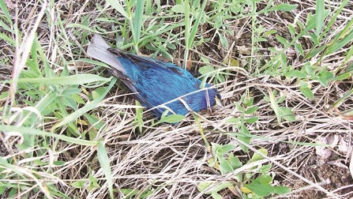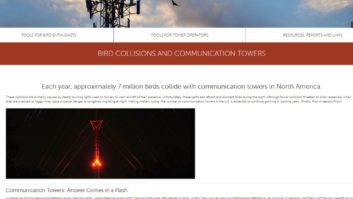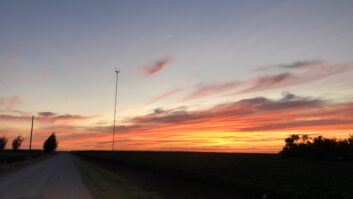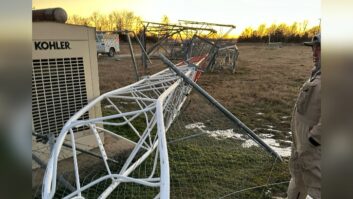The following was written in 2016 by Joelle Gehring, who was at the time the biologist for the FCC. The article was slightly updated in February 2023 with up-to-date links and timeline information available on the FCC’s website.
Federal Aviation Administration tower lighting recommendations can reduce your tower maintenance and construction costs, as well as reduce migratory bird collisions.
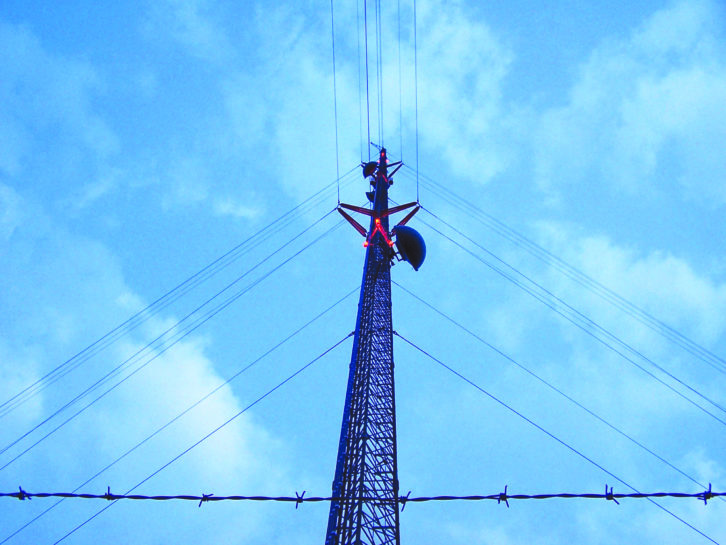
Every year, millions of birds migrate thousands of miles across North America to Central America and elsewhere as seasons change, following the weather from cooler to more temperate climates and back again. Ducks, geese, sparrows, warblers and other North American migratory birds follow these flight patterns annually. The Arctic Tern, for example, migrates the farthest distance annually, at approximately 44,000 miles round trip.
The FCC has an important protective role to play.
Communications towers serve as deadly roadblocks on the paths of birds as they travel. Some in broadcasting have expressed doubts that birds collide with communications towers or that bird collisions with towers are a significant threat to bird populations. However, small bird carcasses can be difficult to detect in vegetation and are often quickly removed by scavengers like raccoons and cats. In addition, bird collisions do not occur at every tower on every night, but are instead most common on foggy or rainy nights during spring and fall bird migration.
For more than 50 years, migratory birds have been documented to collide with communications towers, as well as other tall structures. Biologists have conducted focused studies and estimate that approximately 7 million birds collide with towers in Canada and the United States every year during their spring and fall migrations. A documented 239 species of birds have collided with towers resulting in fatalities.
Wildlife biologists have concluded that tall, guyed towers are involved in more bird collisions than shorter, self-supported towers.
Most important for towers that have already been constructed, migratory birds are attracted to tower obstruction lights and appear to be more attracted to steady-burning L-810 side-marker lights than to flashing lights. Their attraction to the tower lights results in collisions with tower guy wires and the tower structure itself.
STANDARDS
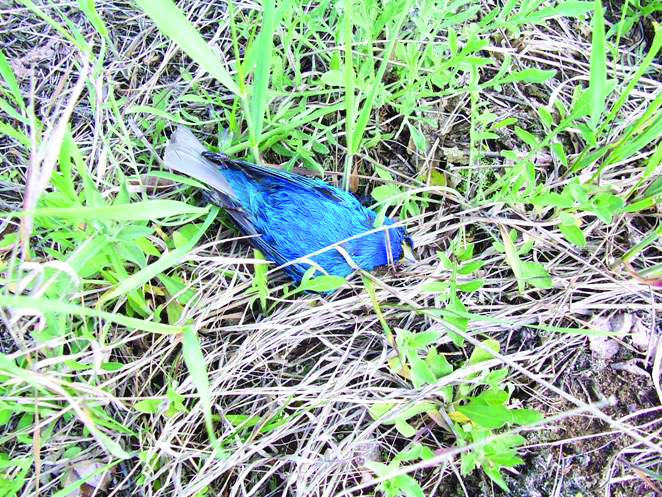
The FCC has partnered with the Federal Aviation Administration to protect migratory birds by revising the standards used for lighting communications towers, extinguishing non-flashing lights on towers taller than 350 feet above ground level and transitioning from steady-burning tower lights to flashing tower lights on towers 150–350 ft. AGL.
The publication of revised lighting rules in 2015 marked the culmination of a multi-year effort to significantly reduce mortality rates of migratory birds resulting from collisions with communications towers. On towers taller than 350 feet AGL, these new FAA tower lighting rules reduce tower construction costs, maintenance costs and energy costs, in addition to minimizing bird collisions by as much as 70 percent. As an added incentive, extinguishing the non-flashing lights on existing towers with red light systems can be completed without climbing the tower.
Going forward, new and altered towers standing more than 350 feet tall may only use flashing lights at night.
Within the next few months, the FAA is expected to promulgate new technical specifications that will similarly enable the use of flashing lights only on towers 150 to 350 feet tall. [The FAA subsequently released standards for for flashing lights on new towers 150-350 feet above ground level. As of 2023 the most recent circular is here.]
In addition, the FCC is encouraging owners to extinguish non-flashing lights on towers built before the new FAA standards took effect. In March 2016 the FAA stated, “New tower lighting schemes should now follow the revised guidance, and operators of towers with the old lighting system should submit plans explaining how and when they will transition to the new standards.”
Similar to tower obstruction lights, the elimination of continuously burning security lights on the buildings under towers will minimize bird attraction to the site. The FCC encourages the use of motion sensor-triggered security lighting under communications towers, if security lighting is required.
These cumulative efforts will prevent millions of avian fatalities each year in the U.S. and Canada. And extinguishing or eliminating the use of non-flashing lights on towers can save industry construction costs, maintenance costs, energy costs and carbon output with no additional cost to the tower owner.
HOW TO CHANGE TOWER LIGHTS
A “lighting deviation” is required to extinguish or eliminate L-810 steady-burning side lights from an existing registered tower. There is no fee or other charge for requesting a lighting deviation from the FAA, and the FAA typically approves these requests quickly, especially when there is an existing approval for a tower lighting system.
In addition, FAA representatives from each state are available to assist with tower lighting requests. For specific contact information, click here.
[The original article then provided a step-by-step process for obtaining an FAA lighting deviation determination and updating the FCC’s antenna structure registration database, but that information is no longer current as of 2023. The current instructions are available here.]
We hope that you consider taking advantage of this new cost-effective and bird-friendly lighting option.





